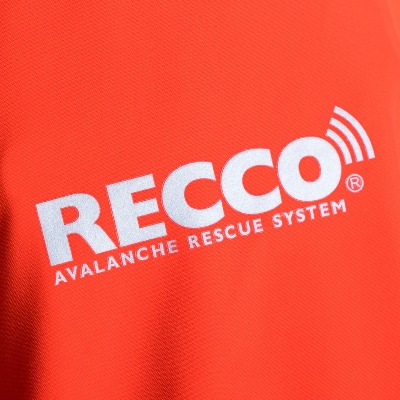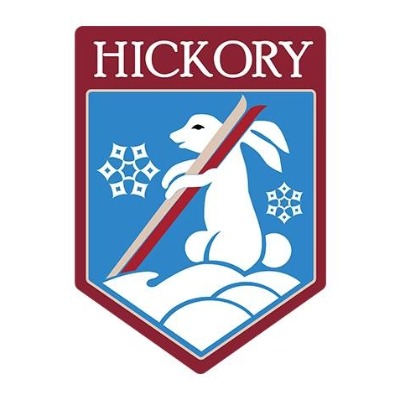Tahoe Conservationists Claim Court Victory Over Squaw Valley Development

In a victory for Tahoe conservationists, California’s Third District Court of Appeals sided with Sierra Watch and dealt a blow to development plans for Squaw Valley.
“Today’s decision marks a major milestone in the multi-generational commitment to conservation in the Sierra Nevada,” says Tom Mooers, Executive Director of the plaintiff group, Sierra Watch. “And it’s a great example of how we can work together to protect the places we love.”
A panel of three Justices based their decision on the project’s impacts on Lake Tahoe, fire danger, noise, and traffic. The ruling reverses a 2018 trial court finding and, essentially, sends the erstwhile developer, Alterra Mountain Company, back to the drawing board.
It’s a major victory for conservationists in their ten-year struggle to stop massive development from transforming Tahoe. Alterra had sought to remake the region with a series of high-rise condo hotels, a 90,000 square-foot indoor waterpark—as wide as a Walmart and nearly three times as tall, and a rollercoaster. The project, as proposed in 2015, would have taken 25 years to construct and added thousands of car trips to Tahoe’s crowded roads.
“Alterra was hell-bent on bringing Vegas-style excess to the mountains of Tahoe,” says Mooers of Sierra Watch. “It was a direct threat to everything we love about the Sierra.”
The battle began when KSL Capital Partners purchased Squaw Valley in 2010, citing the “great growth potential” of its new real estate asset. In 2015, the private equity firm made its plans public, asking Placer County to entitle development of a size, scale, and scope the region has never seen.
The conservation non-profit Sierra Watch responded by building a grassroots movement to turn back the project and Keep Squaw True. Thousands of volunteers got involved. Hundreds spoke up at public hearings.
In November of 2016, in spite of opposition, the Placer County Board of Supervisors voted to approve the project by a 4-1 vote—with the only ‘no’ vote coming from the Supervisor who represented Tahoe and Squaw Valley.
A month later, Sierra Watch filed its initial legal challenges, pointing out that Placer County’s approvals violated state law. Today, the court agreed.
The California Environmental Quality Act, better known as CEQA, requires Placer County to research and write an Environmental Impact Report (EIR) to fully assess and disclose the negative impacts the new development would have on Squaw Valley and the Tahoe Sierra, and to lessen those impacts to the extent feasible.
The court, however, ruled that Placer County’s review was “inadequate”, taking issue with the the County’s disclosure and mitigation of the impacts on Lake Tahoe, fire danger, noise, and traffic.
California maintains a longstanding commitment to maintaining the clarity of Tahoe’s famously blue waters. CEQA even expressly designates the Tahoe Basin as an area of “Statewide, Regional, or Areawide Significance.” But, Sierra Watch argued, the County’s environmental review downplayed the impacts on the lake—especially how traffic from the new development would have added the pollutants that are steadily robbing the lake of its clarity.
The court agreed, ruling that “(T)he final EIR still never discussed the importance of Lake Tahoe or its current condition.”
The threat of catastrophic wildfire hangs over every mountain community in the Sierra Nevada. Even today, smoke clouds the skies over Squaw Valley, and one of the routes out of the Tahoe Basin, Highway 50, is closed due to the Caldor fire.
Yet Alterra’s development is proposed for a “very high fire hazard severity zone” with only one way out. If the project were built, it would take an estimated 10 hours and 40 minutes just to travel three miles out of the valley—and onto Highway 89, already at gridlock on crowded summer days. The court found that even this drastic figure was a substantial underestimation of evacuation times.
In oral arguments in July, Alterra’s lawyers acknowledged the danger, claiming residents and visitors could just “shelter in place” and that the EIR had adequately assessed the issue of evacuation.
The court, however, found otherwise, ruling that “(T)he EIR’s misleading estimation of evacuation times is still that–a misleading estimation of evacuation times that prevented informed decisionmaking. We find the EIR inadequate in this respect as a result.”
The court also found fault with environmental review of noise impacts and traffic mitigation.
Sierra Watch also challenged Placer County’s approval under California’s good governance law, the Brown Act. And, in a parallel decision, the court sided, once again, with Sierra Watch.
The Brown Act requires a governing body to “post an agenda containing a brief general description of each item of business to be transacted or discussed at the meeting” and, also, that key documents relevant to important decisions be made “available for public inspection.”
In the case of its Squaw Valley development and its impact on Lake Tahoe, Sierra Watch argued, Placer County officials did neither. Instead, the County negotiated, in secret, a last-minute deal with developers.
That deal was not part of any agenda. Nor was it made “available for public inspection”. The County argued that it did make the last-minute documents available to the public—by putting a memo in a filing cabinet the night before the hearing in a locked office building.
“The question for us, then,” writes the court in a separate ruling, “is whether the memorandum was ‘available for public inspection . . . at th[at] time.’ It was not. No document at the County clerk’s office, after all, was ‘available for public inspection’ at 5:40 p.m. on November 14, 2016 — a time when the clerk’s office was closed.”
The court also held that the Board’s agenda for the meeting was, according to the decision, “inaccurate and misleading.”
Sierra Watch is represented by Shute, Mihaly & Weinberger LLP, a public interest law firm specializing in government, land use, renewable energy, and environmental law.
“We’re proud to play our role in helping Sierra Watch hold officials accountable to the law and protect California’s invaluable natural resources,” says Amy Bricker, an attorney at the firm.
Looking ahead, Alterra could seek a re-hearing; they could appeal to the California Supreme Court.
Meantime, conservationists are celebrating their victory and re-committing themselves to what, so far, has been a ten-year effort.
“This is great news for Tahoe and everyone who has stood with us to defend our mountain values,” says Mooers of Sierra Watch. “But our goal was never to win a lawsuit. Our goal has always been to protect our Sierra resources for future generations. And we feel like we’re just getting started.”














